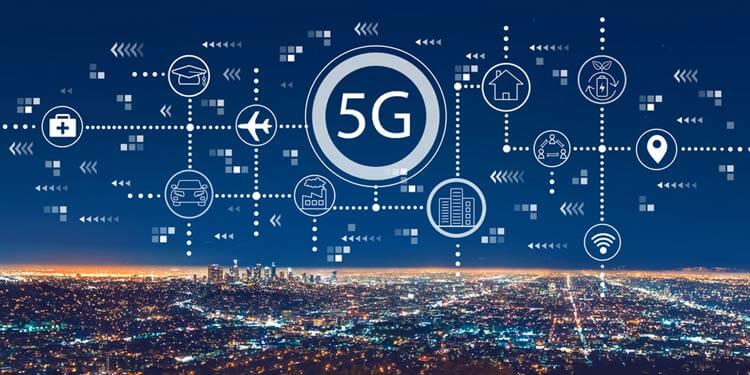The advent of 5G technology has brought about a paradigm shift in the Internet of Things (IoT), ushering in a new era of connectivity and innovation. From its impact on smart cities and urban infrastructure to its implications for the future of autonomous vehicles, 5G technology drives transformative changes across various sectors, redefining how we perceive and interact with the digital landscape.
5G’s Impact on Smart Cities and Urban Infrastructure
5G technology is revolutionizing the concept of smart cities and urban infrastructure by enabling a seamless and interconnected network of devices and systems. Through its high-speed connectivity and low latency capabilities, 5G facilitates deploying advanced IoT applications, such as bright street lighting, intelligent traffic management, and efficient waste management systems. By providing real-time data transmission and analysis, 5G technology empowers cities to enhance their residents’ operational efficiency, sustainability, and overall quality of life.
Building Efficient and Connected Cities with 5G Technology
Integrating 5G technology in urban infrastructure enables the development of efficient and connected cities that leverage data-driven insights for optimized public services and utilities. By enabling real-time monitoring and management of critical infrastructure, such as energy grids, water supply networks, and public transportation systems, 5G technology facilitates proactive decision-making and resource allocation, ensuring urban environments’ seamless operation and sustainability. The deployment of 5G-powered IoT solutions fosters a more resilient and responsive urban infrastructure that can adapt to a growing population’s evolving needs and demands.
The Role of 5G in Optimizing Public Services and Utilities
5G technology plays a pivotal role in optimizing public services and utilities by facilitating the integration of IoT devices and systems that enhance the efficiency and effectiveness of essential services. From smart energy grids that enable efficient energy distribution to intelligent water management systems that monitor and conserve water resources, 5G-driven IoT solutions would allow cities to improve the delivery of public services and utilities while reducing operational costs and environmental impact. By leveraging the capabilities of 5G technology, cities can foster a more sustainable and resource-efficient approach to public service management and urban development.
5G and the Future of Autonomous Vehicles: Advancements and Challenges
The integration of 5G technology is shaping the future of autonomous vehicles, unlocking new possibilities for enhanced safety, efficiency, and connectivity in the transportation sector. By enabling high-speed data transmission and low-latency communication, 5G technology enhances the capabilities of autonomous vehicles to communicate with each other and their surrounding infrastructure, facilitating advanced driver assistance systems and real-time navigation updates. The deployment of 5G-enabled autonomous vehicles can revolutionize the transportation industry, offering improved road safety, reduced congestion, and enhanced mobility for individuals and communities.
Enhancing Safety and Efficiency with 5G-Enabled Autonomous Driving
5G-enabled autonomous driving systems improve safety and efficiency by providing vehicles with real-time data connectivity and communication capabilities. By enabling seamless communication between vehicles, traffic signals, and infrastructure, 5G technology enhances the coordination and synchronization of autonomous vehicles, reducing the risk of collisions and improving traffic flow. Integrating 5G in autonomous driving systems fosters a safer and more efficient transportation ecosystem, offering drivers and passengers a more reliable and technologically advanced mode of travel that prioritizes safety and convenience.
Overcoming Obstacles in the Adoption of 5G for Connected Vehicles
While adopting 5G for connected vehicles presents numerous opportunities for innovation and advancement, it also poses specific challenges that must be addressed. Ensuring reliable network coverage, addressing cybersecurity concerns, and establishing interoperability standards are essential in overcoming obstacles related to the widespread adoption of 5G for connected vehicles. By addressing these challenges through collaborative industry initiatives and regulatory frameworks, stakeholders can foster a conducive environment for the successful integration of 5G technology in the transportation sector, paving the way for a more connected, efficient, and sustainable future of mobility.
Sum Up
The integration of 5G technology in the Internet of Things is reshaping the landscape of connectivity and innovation, revolutionizing the concept of smart cities, urban infrastructure, and autonomous vehicles. By enabling seamless communication, data transmission, and real-time decision-making, 5G technology is accelerating the evolution of the digital landscape, fostering a more connected, efficient, and sustainable future for communities and industries.



